

William Stopford
Every SUV, ute and van discontinued in Australia in 2025
11 Hours Ago
The parent of GWM and Haval is having another crack at gaining significant market share in Australia with a new ute and two new SUVs sold through its factory distributor.

Senior Contributor


Senior Contributor
Great Wall Motor Company plans to embark on another growth push in Australia during 2021, through its renamed GWM Pickup, and Haval SUV brands.
In short, the company’s factory-backed Australian operation wants to have a new ute, small SUV and mid-sized SUV on sale by the end of next year between its two nameplates, and intends to rapidly scale up its dealer network from 48 sites to around 80 to support the growth.
The majority of these sites will stock both GWM and Haval cars, since the two brands have the same parent. They’ll largely be multi-franchise operators after a new brand, and some might even – speculation here – be ex-Holden sites.
The first piece in the puzzle is the GWM Ute, which is a dramatically different proposition to the cheap-but-outdated Great Wall Steed. It launched this week priced between $33,990 and $40,990 drive-away, is loaded with safety features, and is larger than a HiLux.
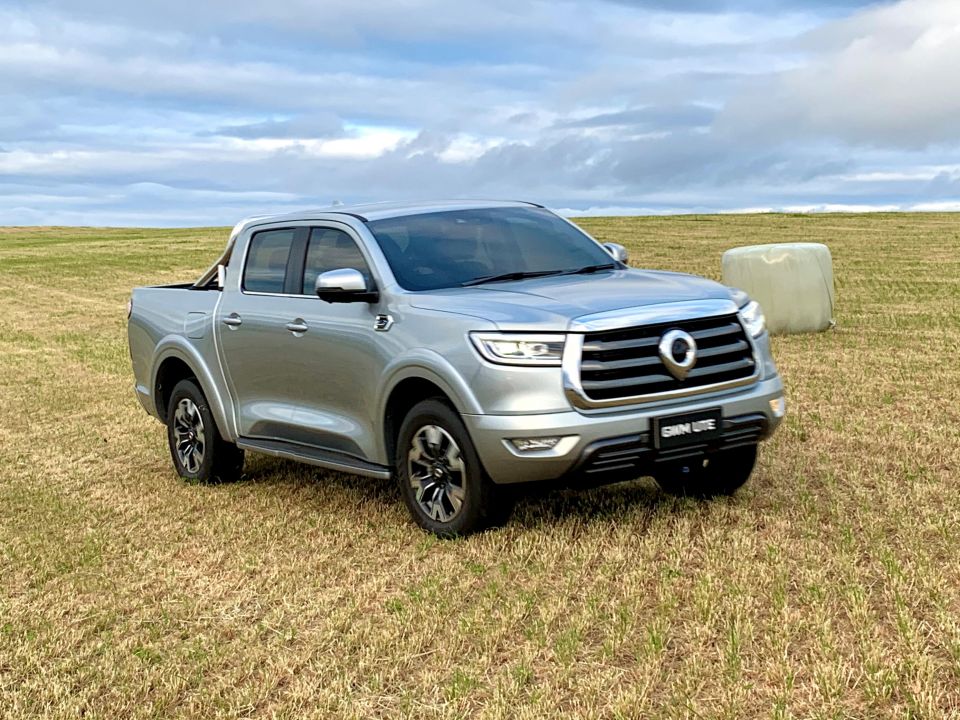
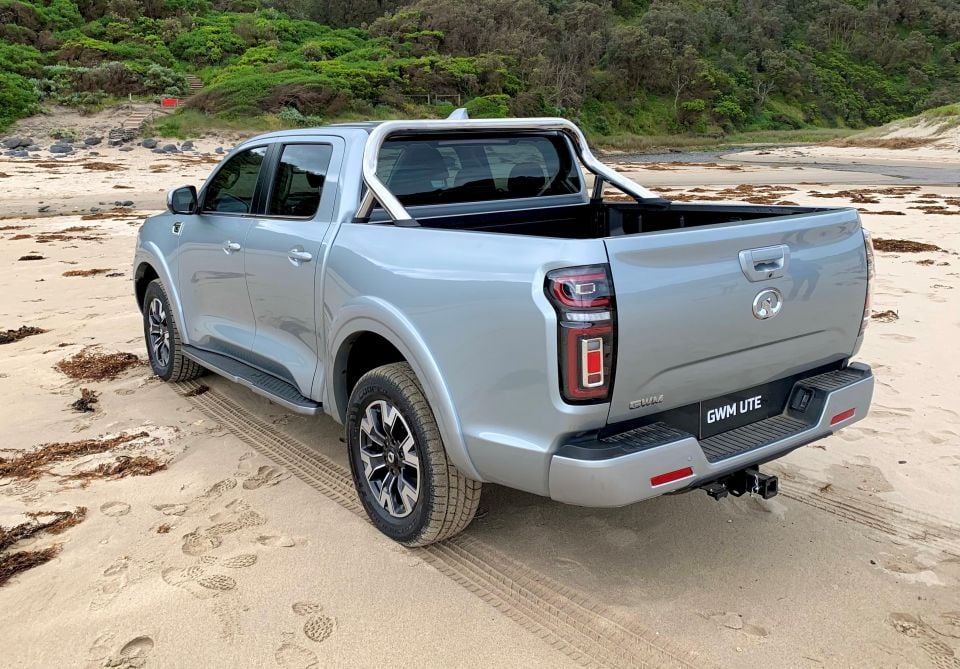

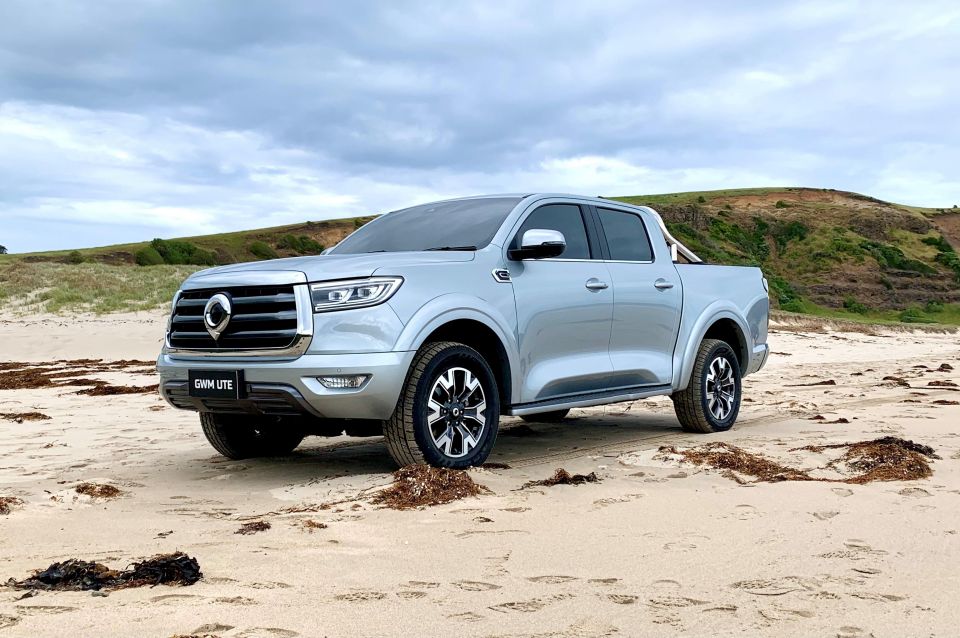
Read more about the new GWM Ute in detail here.
It’ll compete in the 4×4 ute market that accounts for close to 20 per cent of the market total, tackling the LDV T60 (also from China, distributed locally by the Ateco Group which once handled Great Wall), Mitsubishi Triton, SsangYong Musso and co.
The next model launch is the new Toyota RAV4-sized Haval H6 “global strategic model”, which launched in China in third-generation guise at the end of August. It’s our understanding this MG HS rival is locked in for right-hand drive Australian arrivals before the middle of 2021.
This model will fill the shoes of the outgoing H6 – known as the Haval H6 Coupe in China – that’s been sold in Australia since September 2016

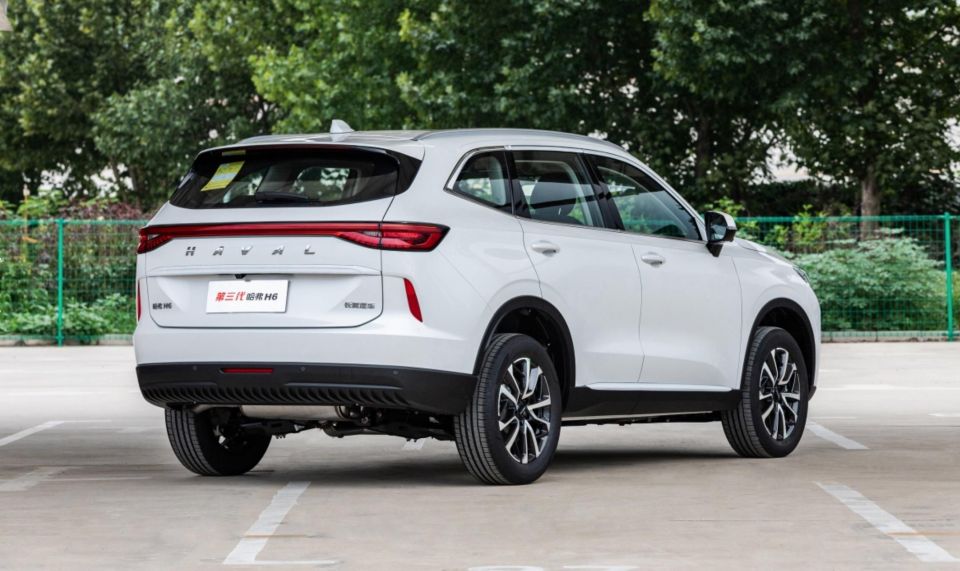
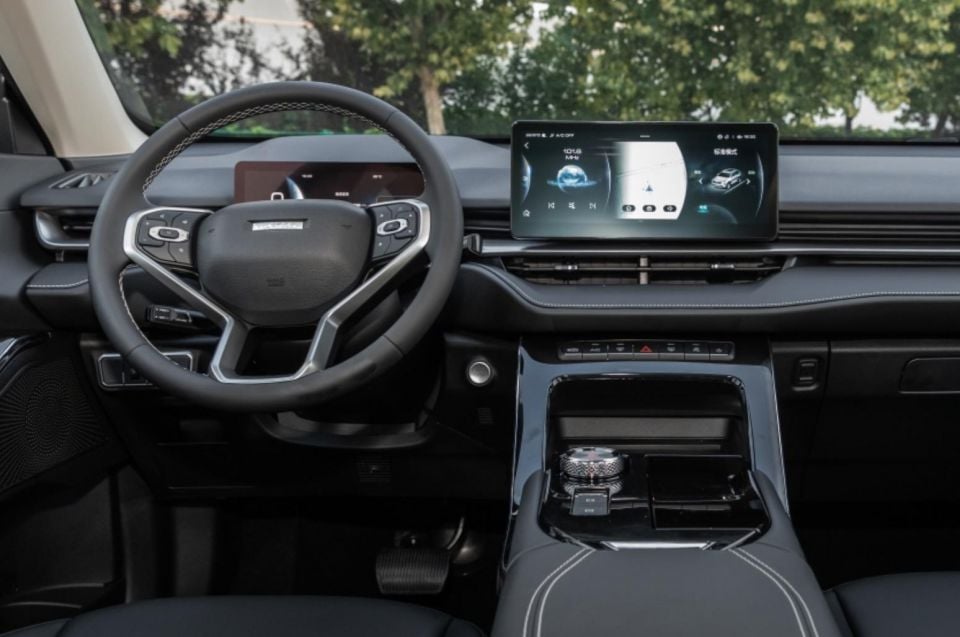
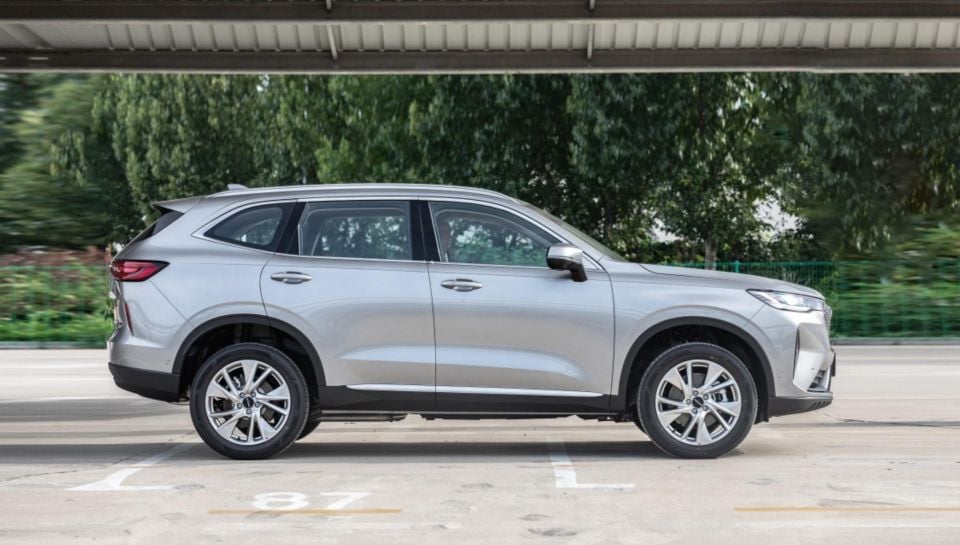
It sports a pretty contemporary design penned by a team reporting into the company’s global design boss Phil Simmons, who among other projects led the design of the Range Rover Velar in his old role at Jaguar Land Rover.
The latest H6 rides on a new platform, is capable of over-the-air updates (in its home market at least), uses a 124kW/285Nm 1.5-litre turbocharged petrol engine mated to a seven-speed dual-clutch automatic transmission, has a minimalist cabin with a 12.3-inch centre touchscreen, and gets all the latest active safety tech such as AEB and lane-centring assist.
In the second half of 2021 we’re expecting a new small SUV to replace the current H2, with the MG ZST, Hyundai Kona, and Nissan Juke its obvious rivals.
The car pictured below is a concept called the First Love, but the company admits it’s a virtually production-ready vehicle that presages the H2.
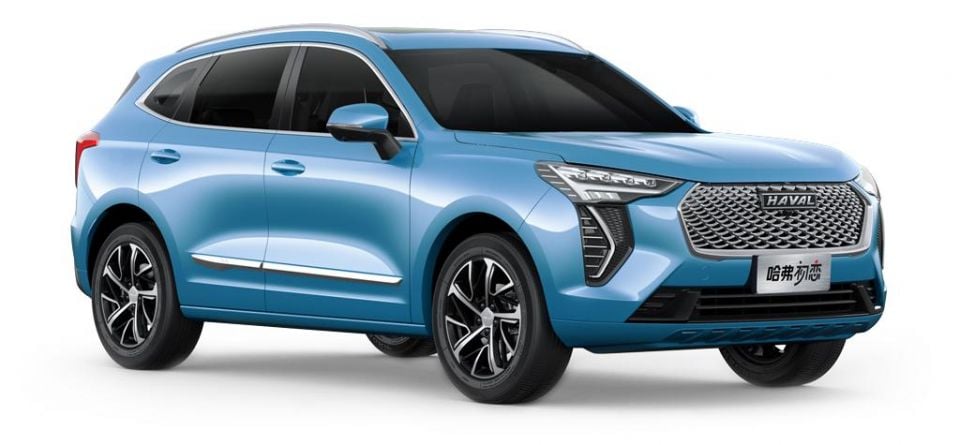
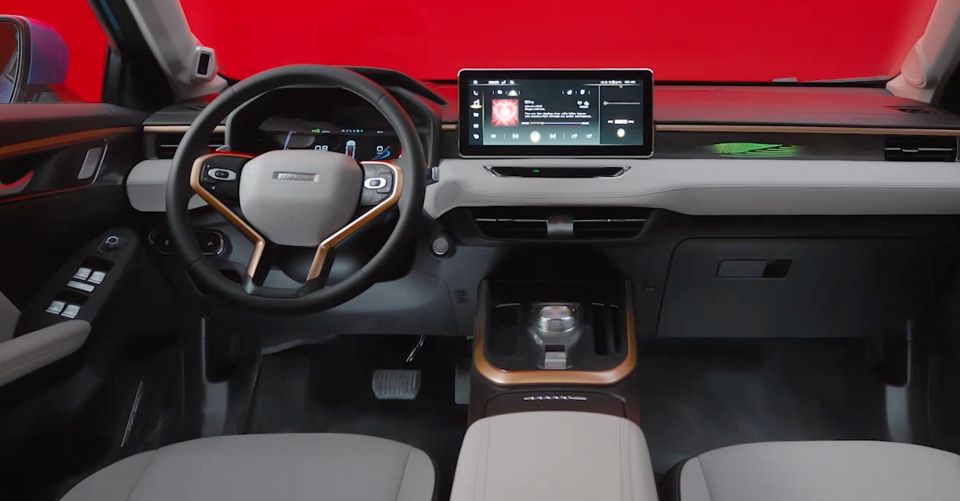
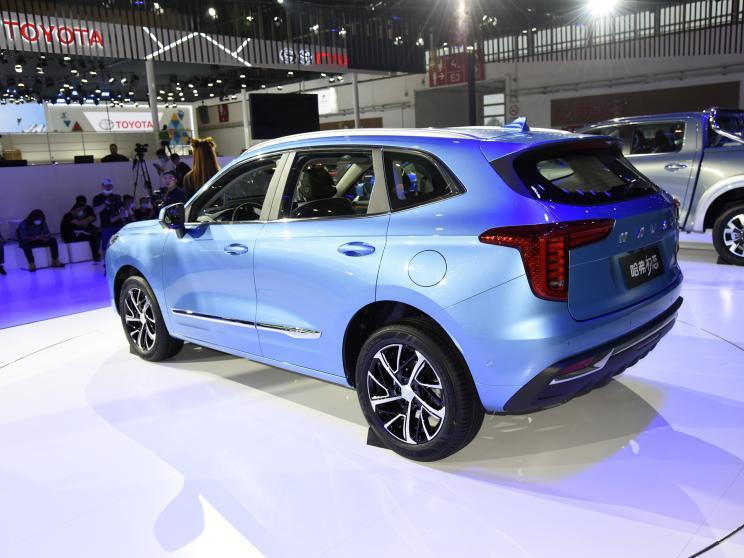
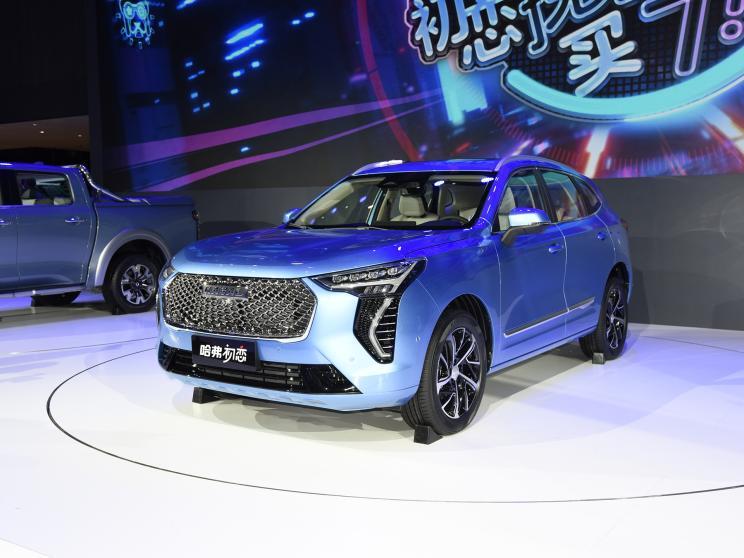
The car uses a version of the H6’s platform and turbocharged 1.5-litre four producing 111kW of power and 210Nm of torque, mated to a seven-speed dual-clutch automatic transmission and front-wheel drive.
Great Wall first arrived on Australian shores in 2009, after signing an import and distribution agreement with Ateco (which currently manages the fast-growing LDV brand from Shanghai).
It sold about 40,000 utes and SUVs here under this partnership, peaking with about 11,000 sales in 2012. But that relationship ended rather badly, and the company took an 18-month hiatus before relaunching in Australia as a factory-backed importer in May 2016 with the Steed.
Sister brand Haval, meanwhile, launched here in 2016 with the goal to learn more about western markets, and has since sold the H2, H6, H8 and H9. Before the launch it claimed its long-term aspiration was to be the top SUV brand in the market, and even mooted local suspension tuning.
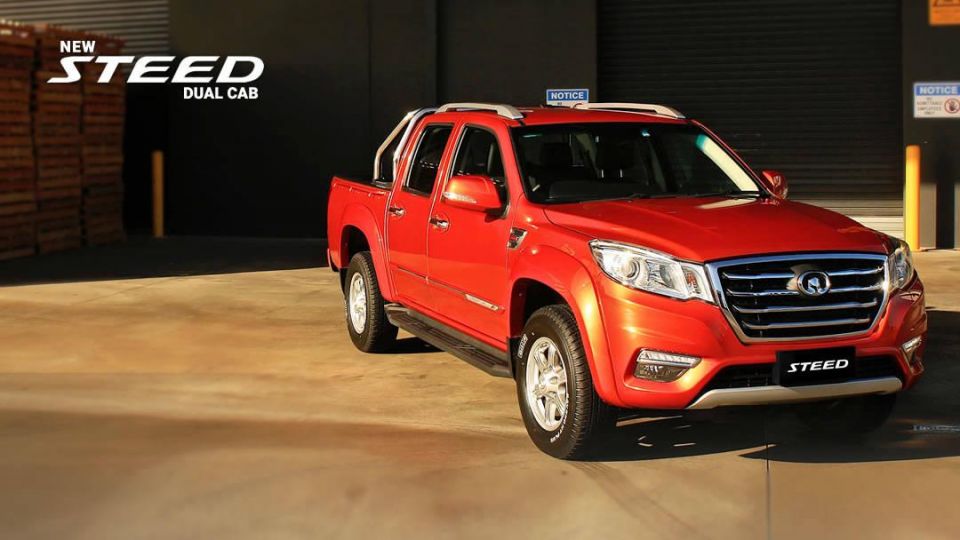
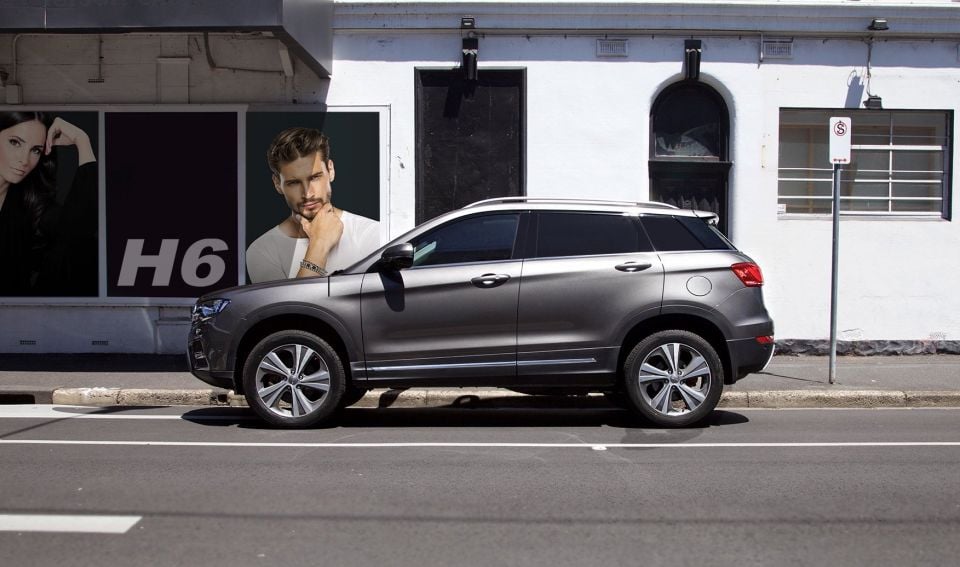
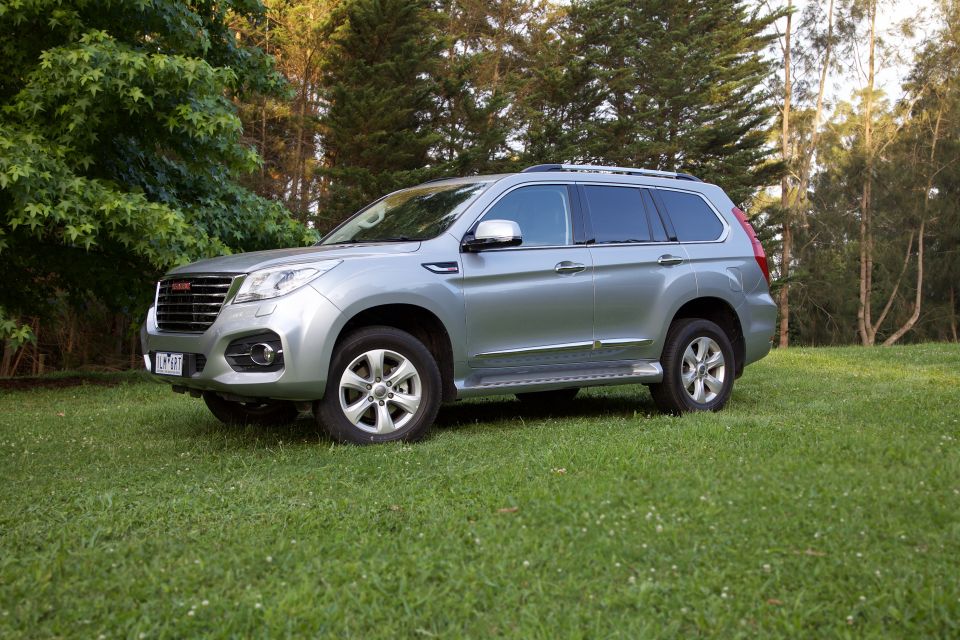
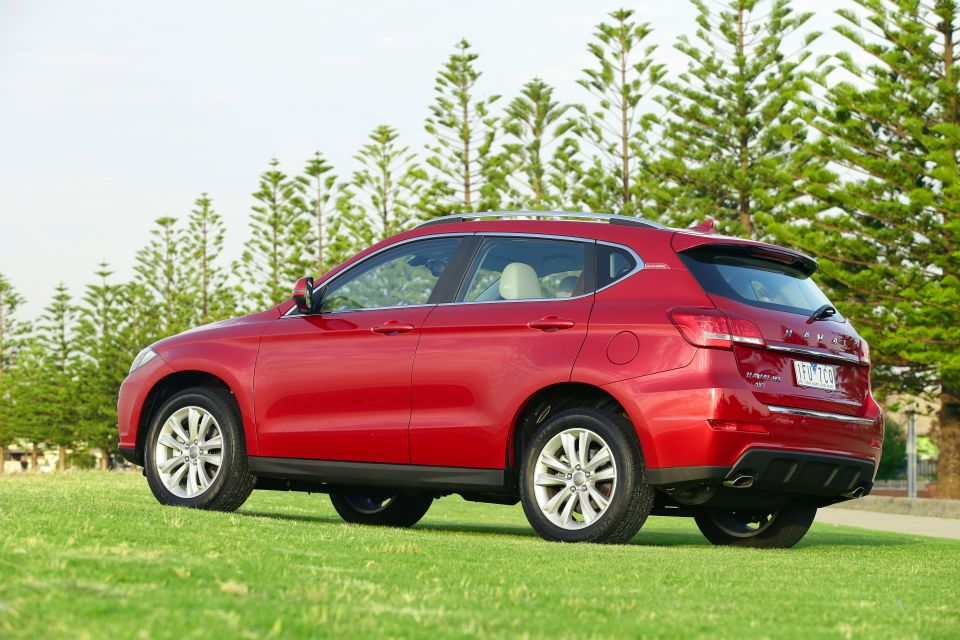
That said, Haval has sold 2500 cars so far this year in Australia, up 84 per cent in an overall market down about 20 per cent. Alongside LDV it’s one of the fastest-growing brands in the market, albeit from a low base. A marketing push and seven-year warranty have not hurt this.
The company is a giant at home in China. The H6 has been the top-seller there for a claimed seven years in a row. GWM claims to have sold 680,690 vehicles between January and September this year, and has recently launched new brands called Ora and Wey.
Having wandered through the halls of its colossal R&D centre in Baoding, it’s not uncommon to bump into former senior BMW, Daimler, Volkswagen, and JLR executives who’ve been lured across.
Clustering MG, LDV, Haval and GWM, sales of Chinese cars are growing at speed in Australia. In October 2020 there there were 3383 China-made vehicles sold, which was 111 per cent higher than the 1612 sold in October 2019.
The only origin countries that produced more vehicles for Australia, sold last month, were Japan (29,624), Thailand (17,299), Korea (11,544) and Germany (4143).


William Stopford
11 Hours Ago


Ben Zachariah
12 Hours Ago


Derek Fung
13 Hours Ago


Matt Campbell
19 Hours Ago


William Stopford
1 Day Ago


Josh Nevett
2 Days Ago